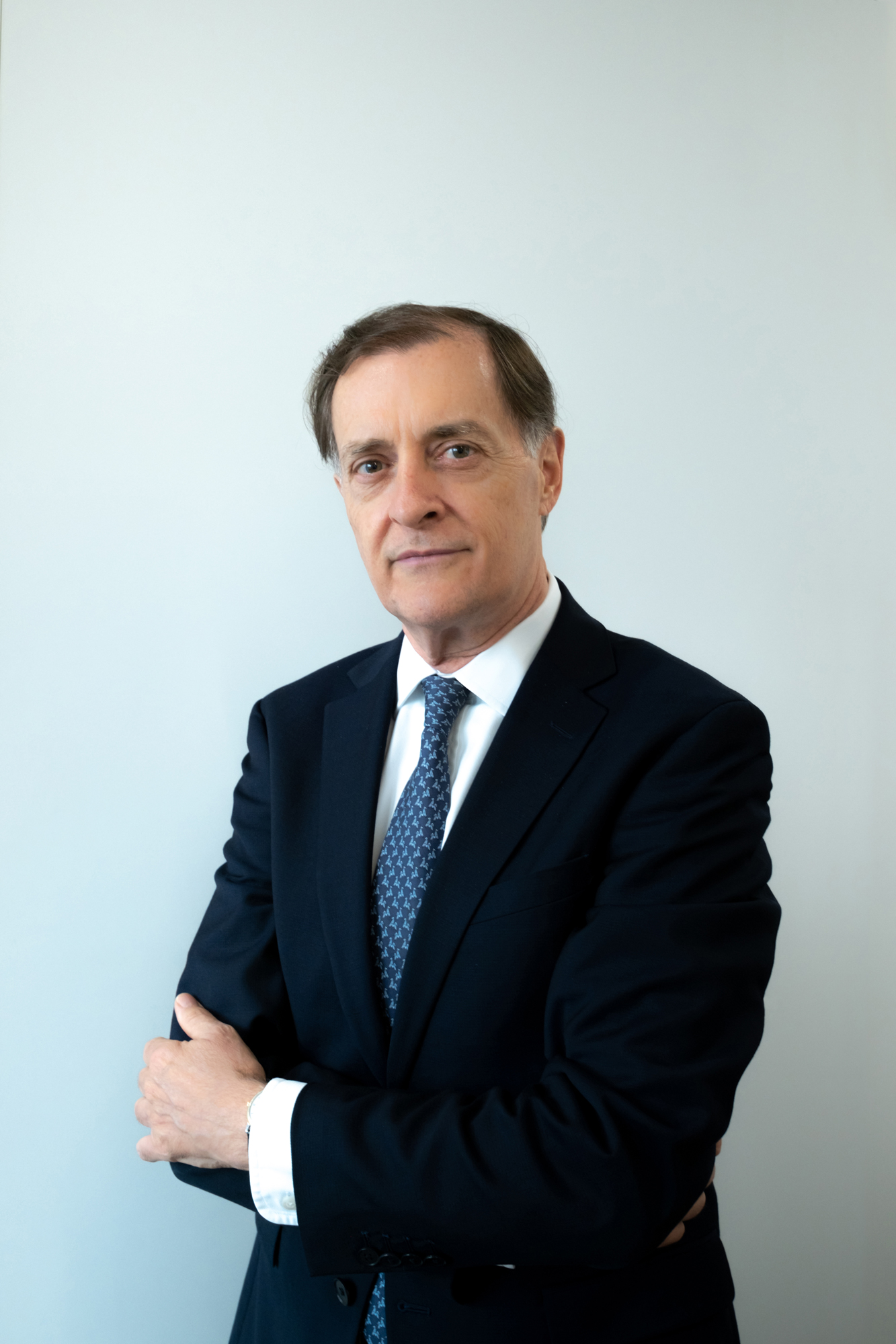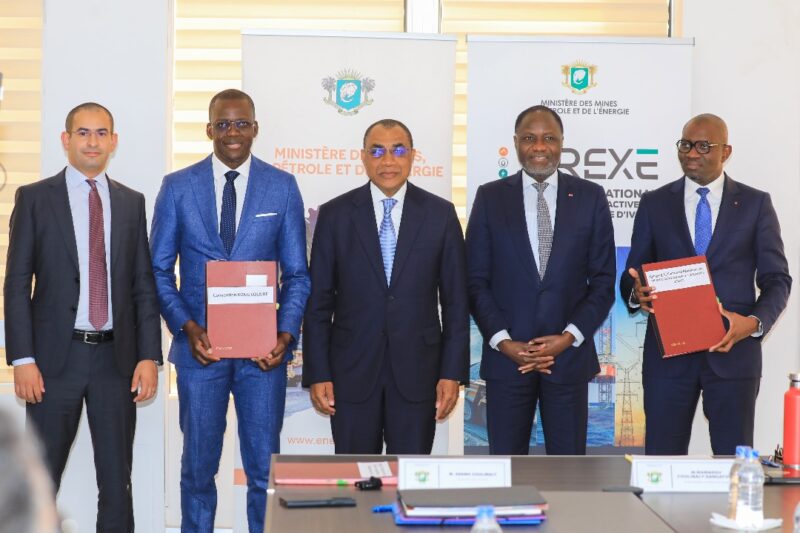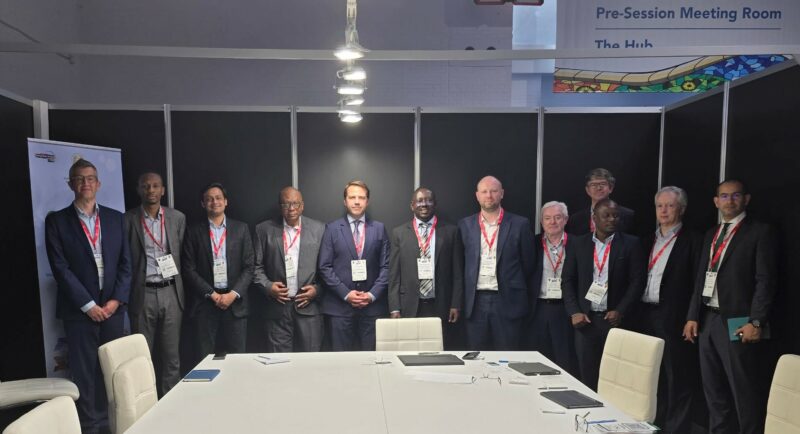Six ways MDBs need to reform for the infrastructure sector
4th Dec 2023 | Leave a comment | By Philippe Valahu
An accelerating climate crisis, compounded by shifting economic and geopolitical sands, has brought an urgent imperative for change – for the world, and for the infrastructure sector. There is no more room for inertia and inaction, and our choices over the coming years will be critical in determining whether we – as a species – can succeed.
All of us must step up to this challenge.
Multilateral development banks (MDBs) in particular will have a vital role to play. But MDBs will need to quickly reform if they are to play this role, with the G20 stating its commitment to “pursuing ambitious efforts to evolve and strengthen MDBs to address the global challenges of the 21st century”(1).
With the world facing a confluence of crises (the Ukraine war, the Sahel, Horn of Africa and Gaza) we cannot afford to lose momentum towards solving the climate crisis. The stakes have never been higher. Most of the world’s new physical capital and infrastructure will be built in emerging markets and developing countries (EMDCs). How these investments are made will determine whether we reach net zero emissions by mid-century, achieving climate resilience, restoring natural capital and accelerating the development of human capital. MDBs must, alongside PIDG, play a counter-cyclical role and fill the gap left by diminished investor appetite.
Many of the challenges the world faces can only be addressed through investments in new infrastructure. Indeed, we at PIDG believe there are six specific ways in which MDBs must reform to better serve the needs of the infrastructure sector.
1. Come together around a collective aim
To meet the infrastructure needs of emerging and developing countries (EMDCs), capital must be mobilised from all available sources, including the private sector. As the G20 noted, “Stronger MDBs will be important to our efforts to mobilise financing from all sources for a quantum jump from billions to trillions of dollars for development.”(2) In pursuit of this, MDBs should view their own resources not as a complete answer, but rather as a catalyst with the power to unlock the much larger resources of the private sector.
At PIDG, it is our mission to get infrastructure finance moving and multiplying – accelerating climate action and sustainable development where most urgently needed. To date, our projects have mobilised $39bn of investment (including $25bn of private capital) from just $5.3bn of our own commitments(3) – a multiple of over 7 times, and we need to do more. But the equivalent figure for MDBs? Just 0.6.
As these numbers reveal, MDBs could be doing far more to stimulate private sector investment. It is time for their focus to widen and include a new collective aim: ensuring that there is a pipeline of bankable, early-stage infrastructure projects in place, ready for the private sector to invest in.
2. Stop crowding out the private sector
Far from mobilising further investment, there continue to be instances of MDBs crowding out the private sector.
Development finance has to work in sync to achieve the growth in investment needed. If a DFI, MDB or PIDG is anchoring a large private-sector project-related bond issue that ends up oversubscribed, we have to be able to take the smallest ticket necessary to mobilise and crowd in the private sector.
Otherwise we end up resorting to poor behaviour and fixating on our own internal targets.
3. Align internal incentives
Teams need to be rewarded by management and owners for doing the right thing. To help avoid cases of crowding out, MDBs that provide multiple product lines should incentivise their people to offer the solution that a project actually needs, as opposed to the one that a person or team is assigned to.
This is a journey we can all take together. Within the PIDG group, we offer a range of assistance throughout the project lifecycle – from early-stage incubation and development to credit solutions that bridge gaps in local capital markets. Right now, we encourage our people to offer alternatives when a project could benefit from another kind of solution, but we ultimately leave it to them to do so. Looking forward, we recognise that this is not enough. Incentives must align if we are to consistently offer the product that generates the biggest impact, whether that happens to be guarantees, equity, debt, or something else.
The same is true for MDBs.
4. Take more risk
Offering the solution that’s needed – not just the one that’s on hand – will often require MDBs to take more risk than they are used to. This was also the opinion of the G20 Independent Expert Group, who argued that MDBs “must get shareholders to understand that public capital has to take on more risk, and that pooling across the system is valuable to minimise the risk to any individual agency.”(4)
Take, for example, the issue of non-convertibility of local currency earnings. This exposes investors to huge risks when debts are in a foreign currency, and we know that currency hedging comes at a prohibitive cost. MDBs should come together and backstop some of these risks.
In fact this is the reason that PIDG and our partners supported the set-up of Africa GreenCo.
While the focus of this piece is MDBs, openness to risk is one of several issues that apply to DFIs more generally. This is often, at least in part, due to the existence of competing objectives, such as the insistence on a AAA rating. DFIs and their government shareholders should take a clear-eyed view on what governance changes they could make to enable more risk to be embraced in the pursuit of greater impact.
5. Focus on early-stage project development
The big question I hear today is: how do you mobilise capital from the Global North to the Global South if there aren’t projects to put that capital into?
The answer is to build a pipeline of projects, ready for private investment.
MDBs can do this by focusing on early-stage project development. Within PIDG, this is the work of our development arms – InfraCo Africa and InfraCo Asia. Through them we originate, develop, structure, invest in and manage projects, with the aim of addressing early-stage risks and accelerating progress through to operation.
This is also where MDBs can influence and raise standards – across health, safety, environment, gender equity, diversity and inclusion – creating a bigger development impact while meeting the increasing requirements of investors. These are areas where we have been making much progress, which we regularly share.
Blended finance has proved to be an extremely successful approach at the project development stage. By combining technical assistance grants with long-term, patient capital, it can reduce financial risk and ‘crowd in’ the private sector. As the most frequent investor in mitigation blended finance transactions, we at PIDG were able to complete 57 climate blended finance deals between 2017-2022 (5). But far more is needed – we now intend to scale up our efforts by systematically partnering with progressive MDBs and other partners, and by sharing our learnings, so success can be replicated across more projects in more places.
Further upstream are the project preparation facilities that lay the groundwork for projects to take root, including putting the necessary regulatory or legal frameworks in place. MDBs already have initiatives in this space but efforts are fragmented and often fail to provide the kind of support that local governments need. The focus should be on aligning these initiatives and becoming an effective partner to governments, with the end goal of developing stronger project pipelines. MDB owners are not innocent in this fragmentation and they now need to be practical partners in releasing the large amounts of capital stuck in many facilities across the MDB and DFI system.
6. Act urgently
Time is short. If we wait for change to work its way through at the usual pace, the moment for decisive action will have passed.
Instead, we – that is MDBs, PIDG, the private sector, and other partners – must urgently work together to scale our impact, building a pipeline of bankable, early-stage infrastructure projects, ready for the private sector to invest in.
MDBs should look towards what has already proven successful.
For over two decades, we at PIDG have focused on infrastructure projects in the least developed countries. During that time we have brought public and private partners together to bridge financing gaps, directing capital and expertise to the countries and communities where they’re most urgently needed. Working throughout the project lifecycle, we have addressed early-stage risks, built local capacity and offered credit solutions, creating a pipeline of infrastructure assets ready to attract private investment. We have also reformed our governance and management to be more effective and rise to the challenge.
But we can only do so much alone. We very much welcome some of the new initiatives coming into the market and also look forward to working with national development banks and other private sector actors.
By working together, we can quickly build on what is already known to work, scaling our collective impact for the benefit of the communities most in need, while steering our planet and species towards a sustainable course.
So, what’s stopping us?
________________
1. G20 New Delhi Leaders’ Declaration, 9-10 September 2023
2. G20 New Delhi Leaders’ Declaration, 9-10 September 2023
3. PIDG Annual Review 2022 https://pidg-wp.dusted.digital/wp-content/uploads/2023/06/PIDG_Annual_Review_2022-1.pdf
4. ’The Triple Agenda’, Report of the G20 Independent Expert Group
https://www.g20.org/content/dam/gtwenty/gtwenty_new/document/Strengthening-MDBs-The-Triple-Agenda_G20-IEG-Report-Volume.pdf
5. Convergence ‘State of Blended Finance 2023’ (Fig 44, pg 63)
https://www.convergence.finance/api/file/aa995a13d4ac027a2adaa3171da95721:b76a1c174ec09c6d3b8d29ca52dae40d774e699a409c7302de111d364953bbb991e5cbe7c5929641f5e00f50b84939299d4482231c78cd240e6ed8ce947ad67bc2a4160c4903e6f74a4963b381612cc235cf163d440c99804a189e6236e0101e8d5f344ed71744ece823bd1b9675eec6b08ed058605a3b9ea7e807d73297fb8492e7f994002fd334068847713059fbf1






